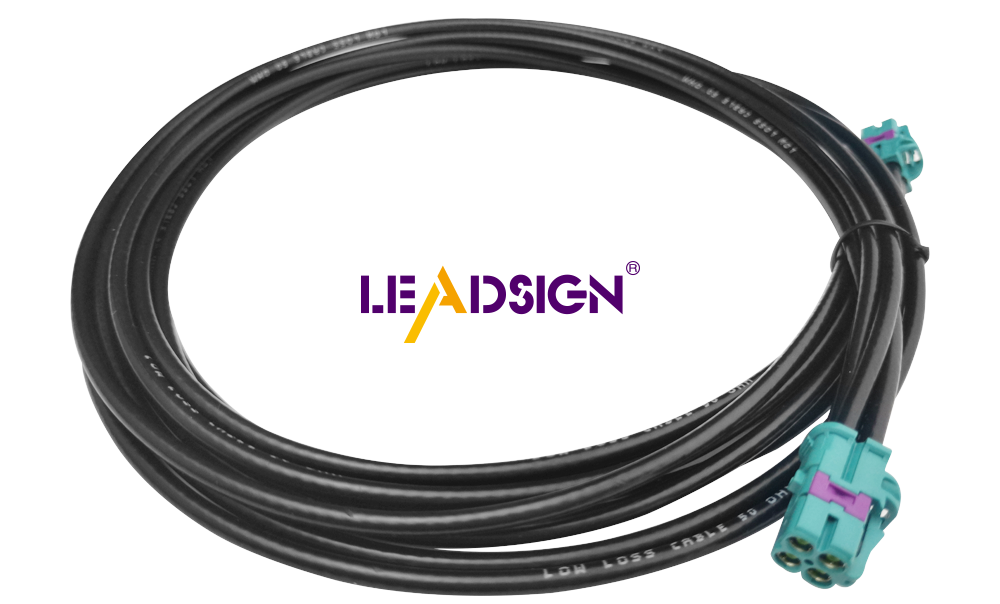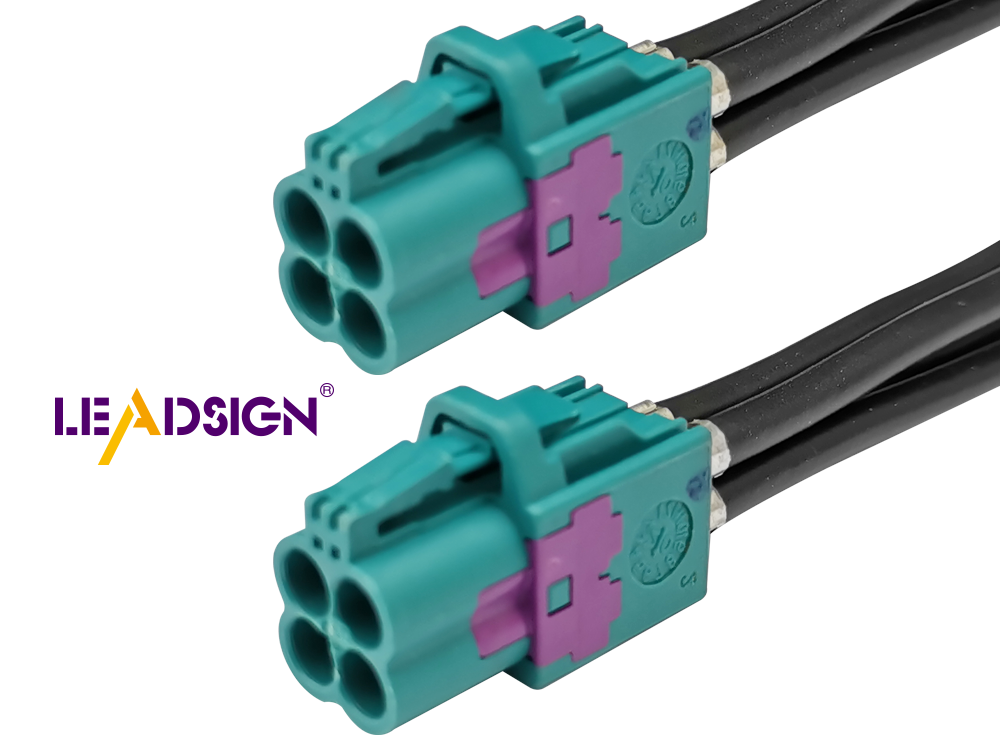Coax Cable Adapter Choices for Every Need

Coax cable adapters help connect different devices. They make sure communication is smooth in many places. Many industries need coax cable adapters for good data transfer. Using these adapters improves electronic systems' performance. Coax cable adapters give strong connections at home and work. People like how useful and flexible these adapters are. Knowing why coax cable adapters matter helps choose the right one for your needs.
General-purpose Adapters
BNC Connectors
Common Uses
BNC connectors are used in many areas. You see them in video gear and radios. Experts use BNC connectors for testing tools. They link devices in telecoms. The twist-lock design keeps them secure.
Good and Bad Points
BNC connectors have good points. They connect fast and stay tight. Their design stops them from coming loose by accident. They work well with low signals, but not high ones. Think about signal strength when picking BNC connectors.
F-Type Connectors
Common Uses
F-Type connectors are key in TV and internet setups. Many homes use them for cable TV links. They keep satellite dishes connected well. Experts trust them for broadband installs. Their screw-on style is strong.
Good and Bad Points
F-Type connectors have perks too. They're simple to set up and use. Their design makes sure connections are solid. They handle many frequencies, but not all power levels suit them. Check power needs before choosing F-Type connectors.
Specialized Connectors

SMA Connectors
SMA connectors work well with high-frequency signals. Many fields use them for microwave systems. They are great for Wi-Fi and cell phone networks. Their small size fits tight spaces easily. High-frequency signals pass through with little loss.
SMA connectors are good outdoors too. They can handle bad weather well. These connectors resist water and heat changes. Outdoor antennas often use them for strong links. Their toughness means they last a long time.
N Connectors
N connectors are good for high frequencies too. They work up to 6 GHz without problems. Satellite and cell networks use N connectors a lot. They keep signal quality high with low loss. N connectors handle lots of power, so they're good for tough jobs.
N connectors are also great outside. They're built to last in hard conditions. These connectors don't rust or break easily. Base stations often choose N connectors for outdoor setups. Their dependability keeps things running smoothly.
Micro Connectors
MCX Connectors
Tight Spaces
MCX connectors fit in small areas. Many gadgets use them when space is tight. Engineers pick MCX for compact designs. Small devices work well with MCX connectors. Their design makes them easy to add to tiny gadgets.
Pros and Cons
MCX connectors have good points. They connect quickly and are easy to use. They fit tightly, so they work well. But, they have limits too. High-frequency signals might not do well with them. Think about signal needs before choosing MCX.
MMCX Connectors
Tight Spaces
MMCX connectors are great in small spaces. Many portable gadgets need MMCX connectors. Designers like their tiny size for mobile tools. Their small shape fits mobile uses well. They give flexibility in making devices.
Pros and Cons
MMCX connectors have benefits too. The snap-on style makes setup simple. They offer stable links for steady work. But, they face some issues too. High-power tasks may not suit them well. Check power needs before picking MMCX.
Changing Connector Types
Making Sure They Work Together
Changing connector types helps devices talk to each other. You need to know how adapters help with this. Adapters connect different connectors so they can work together.
What Adapters Do
Adapters are important for keeping signals good. They change signals without losing quality. For example, changing an F-Type to a BNC needs a special adapter. This keeps the video signal clear and steady.
Signal Change: Adapters switch the signal type for the device.
Connecting: Adapters let two different connectors join.
Signal Quality: Adapters keep signals strong during changes.
Real-life Examples
Real examples show why picking the right adapter matters. In RF uses, LMR 400 coax cable makes signals better. The cable helps send signals far and handles power well. It's tough and works outside too.
Example: LMR 400 Coax Cable:
Better Signals: LMR 400 gives clear, strong signals.
Longer Distances: Good for sending messages far away.
Power Handling: Manages high power levels well.
Toughness: Stands up to bad weather.
Knowing these examples helps you pick the right adapter. This makes sure everything works well in different situations.
Picking the right coax cable adapter helps signals work best. Think about what you need to keep signals strong and avoid losing them. Different adapters fit different frequencies and weather conditions.
Frequency Needs: Make sure the adapter works with your needed frequency.
Weather Conditions: Check if it needs to handle outside weather or be tough.
Choosing the right adapter makes RF systems work better and last longer. Knowing these things helps you choose wisely for your connections.
See Also
Exploring the Flexibility and Advantages of FAKRA Coaxial Connectors
Harnessing the Strength of FAKRA Coaxial Cable Connectors
The Significance of FAKRA Coaxial Cable in Automotive Uses

